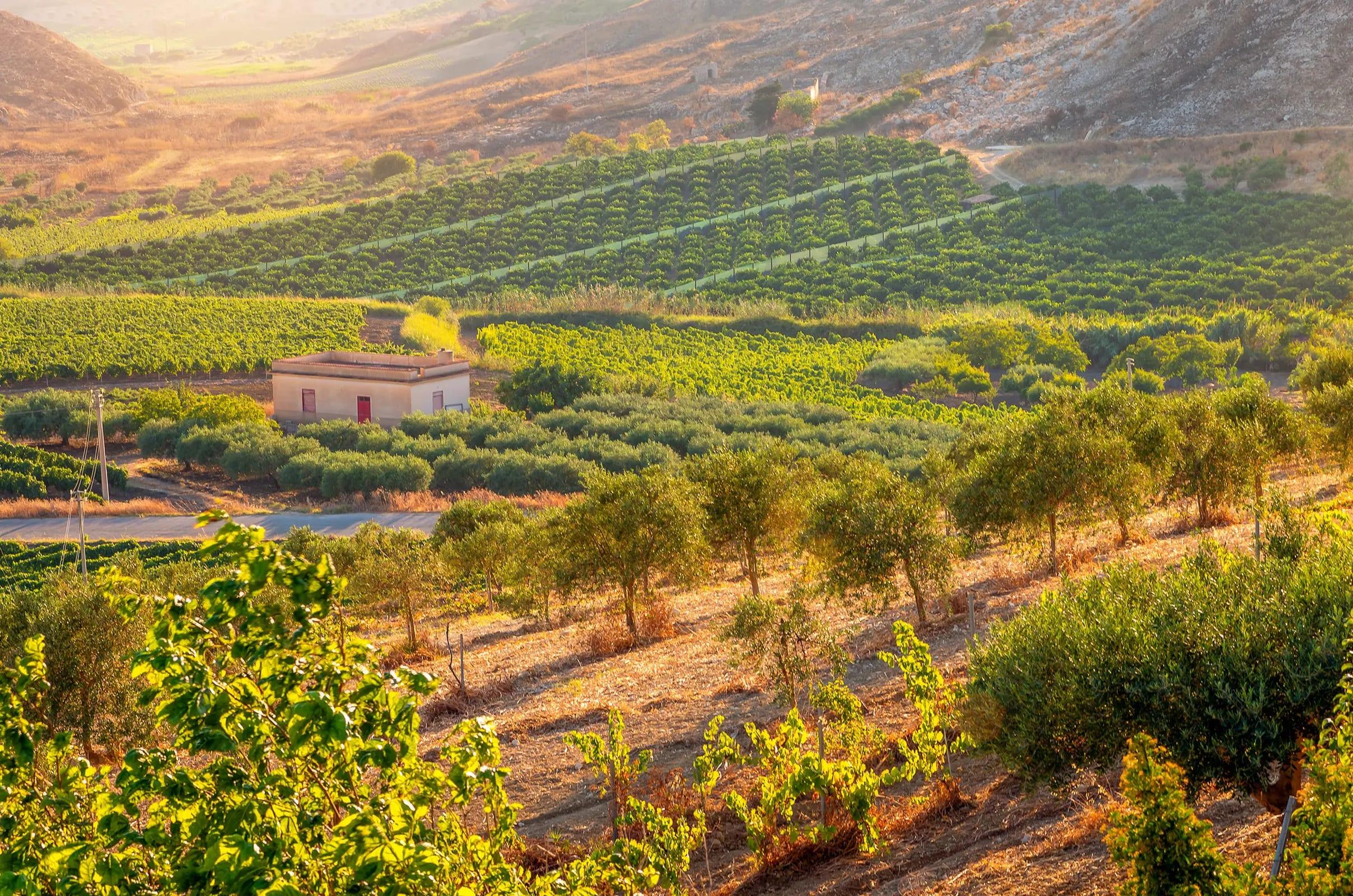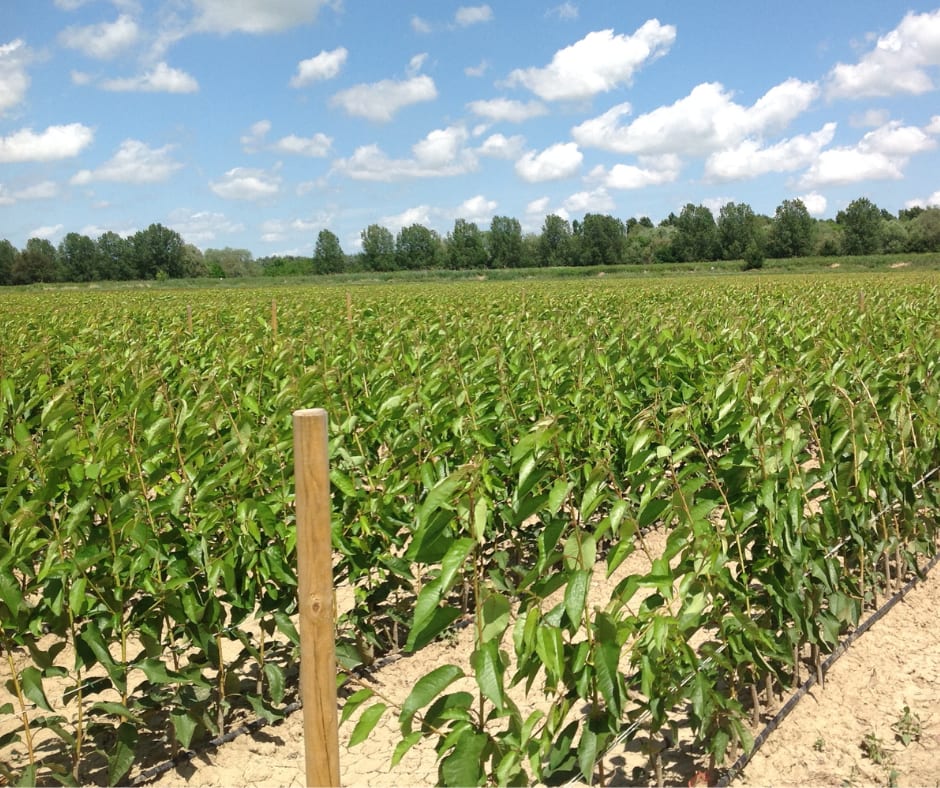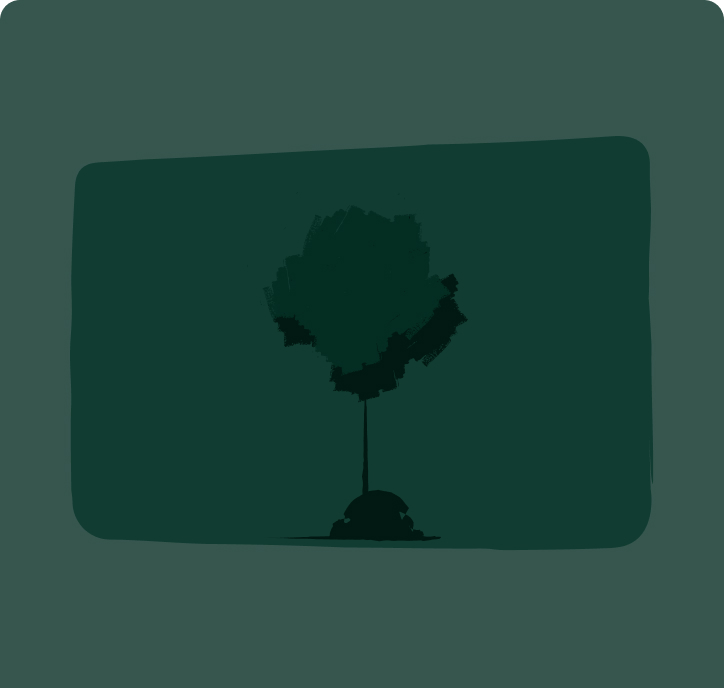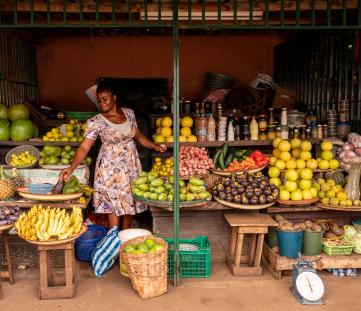
ID: 8WX-EYZX
ID: 8WX-EYZX
Olive
Olea europaea
Planted
Italy
04:29 - 15°C
My connections
The project I am part of

Italy
2,200
Involved farmers
51,861
Planted trees
Italy is commonly described as a peninsula stretching in the Mediterranean Sea. Actually, in addition to the peninsula area, Italy includes a continental area as well as several islands: although it is a small country, Italy has an extremely varied landscape. The territory is mainly hilly, with mountains occupying more than 35% of the territory. Treedom works with various partners encouraging organic farming. The results of this projects include the creation of a sustainable production and trading chain that has a positive impact on society and on those same seized assets, which have become free croplands and are used to create high quality products using eco-friendly methods.
My ID card
Who am I?
Tree
Olive
Date of birth
05/09/2025
Name
Olive

/14.32121067467742,40.90694632612903,0/500x333@2x?access_token=pk.eyJ1IjoidG9tbWFzb3NwZXJvbmkiLCJhIjoiY2tnOTE3eW12MDJqazMybXNzOWV1YjloOSJ9.wtGsuDU7XIKjcv2cq8CiXw&logo=false&attribution=false)
Where am I located?
Country
Italy
Place of birth
Afragola
Coordinates
40° 54′ 25.01″ N | 14° 19′ 16.36″ E
My Timeline
The important moments in your tree's life.
Seed
It all starts with a tiny seed, nice and warm in the soil.
Nursery
Your seedling is big enough to be welcomed into one of our nurseries, along with many others.
Planted
We’re here! Your tree has reached its new home: it’s been planted by a smallholder, who’ll take care of it for years to come.
Photo
Strike a pose! Now that it’s big enough, here’s a photo of your tree!
My Gallery
Nursery

Planted
/14.32121067467742,40.90694632612903,0/500x333@2x?access_token=pk.eyJ1IjoidG9tbWFzb3NwZXJvbmkiLCJhIjoiY2tnOTE3eW12MDJqazMybXNzOWV1YjloOSJ9.wtGsuDU7XIKjcv2cq8CiXw&logo=false&attribution=false)
14° 19′ 16.36″ E

Curiosity about me
The important moments in your tree's life.
Let's start with introductions
The olive tree is a symbol of Mediterranean civilizations. It originally comes from the geographical area of the Near East. It is distinguished by a silvery foliage and a rugged and often-hollow trunk. The olive tree is planted in Sicily in lands confiscated from the Mafia to give trust and opportunity to those who refuse to back down.
Meaning
Wisdom
Considered by the ancients as a gift of the gods, the olive tree represents peace, knowledge, and wisdom.

How much CO2 I’ll absorb
My estimated CO2 absorption capacity is based on the first 10 years of my life*
Current absorption
- 0 kg
2025
0 kg
2035
-50 kg
* The tree will continue to absorb CO2 even after the tenth year. Therefore this is a prudent estimate.
How I am useful to local communities

Cosmetics
Raw materials are extracted from its flowers, fruits and/or leaves to produce creams or powders.

Consumption and sales
Its fruits, seeds and/or leaves are used as food in the farmers' families or are sold on local markets.
My benefits
80%
Food Security
The trees will bear fruits, some that will be edible immediately and others that can become edible through processing, ensuring food resources over time.
100%
Economic development
The trees' fruits and the products derived from their transformation can be traded in local networks, offering income opportunities.
20%
CO₂ Absorption
During its life cycle, each tree will absorb CO₂. The trees you plant can offset your emissions.
20%
Environmental protection
The trees are planted in agroforestry systems that favor the virtuous interaction between the different species and their positive impact on the environment and on the land.